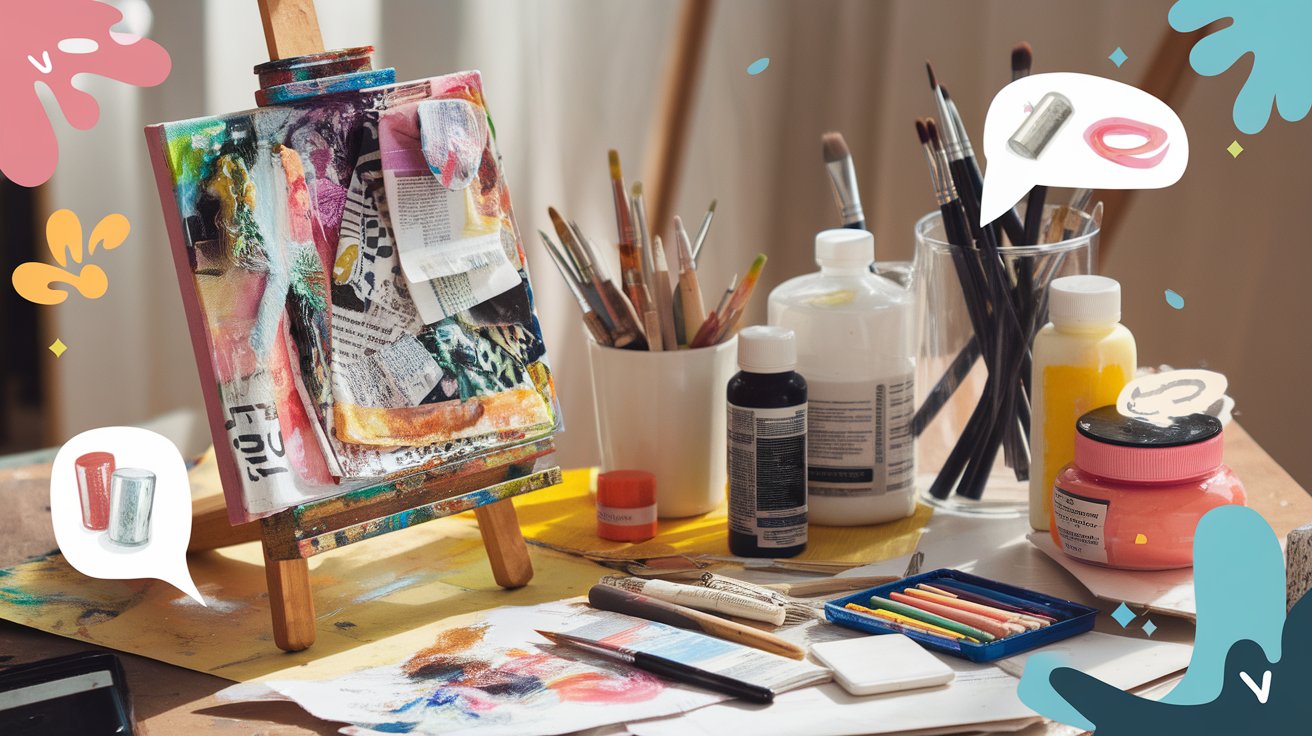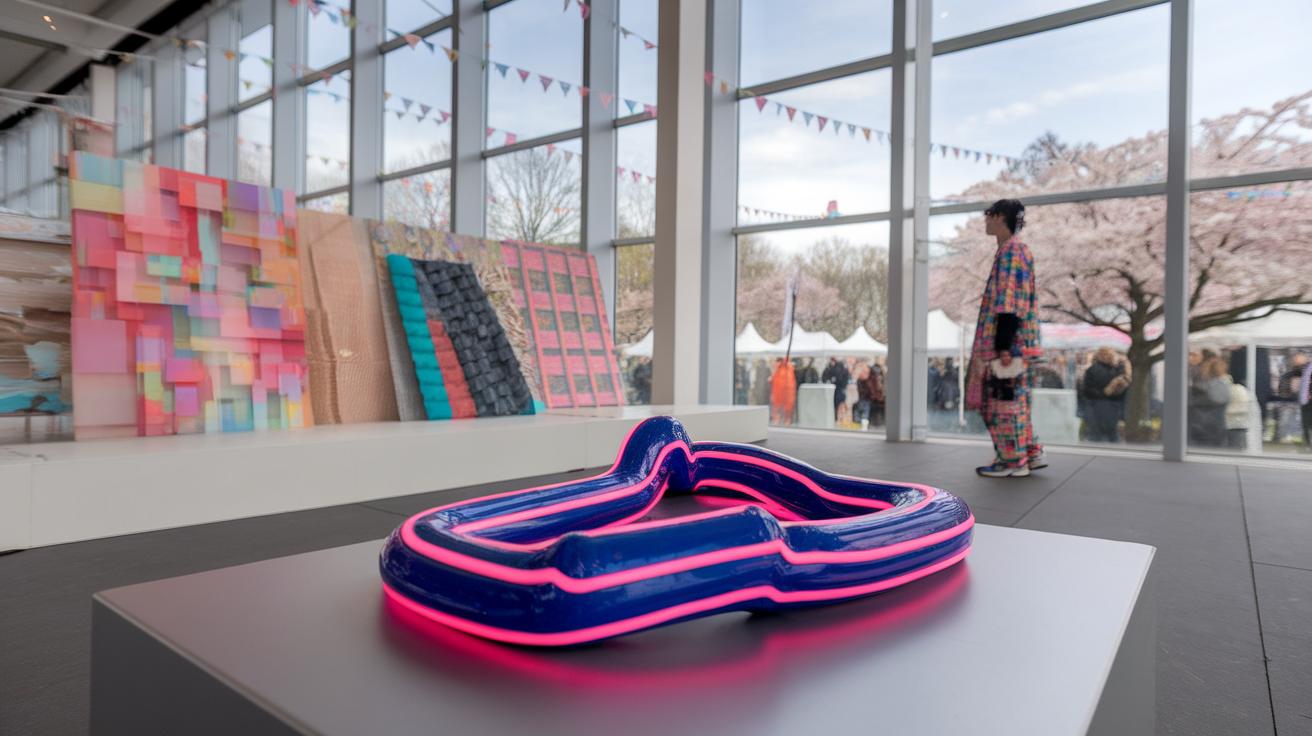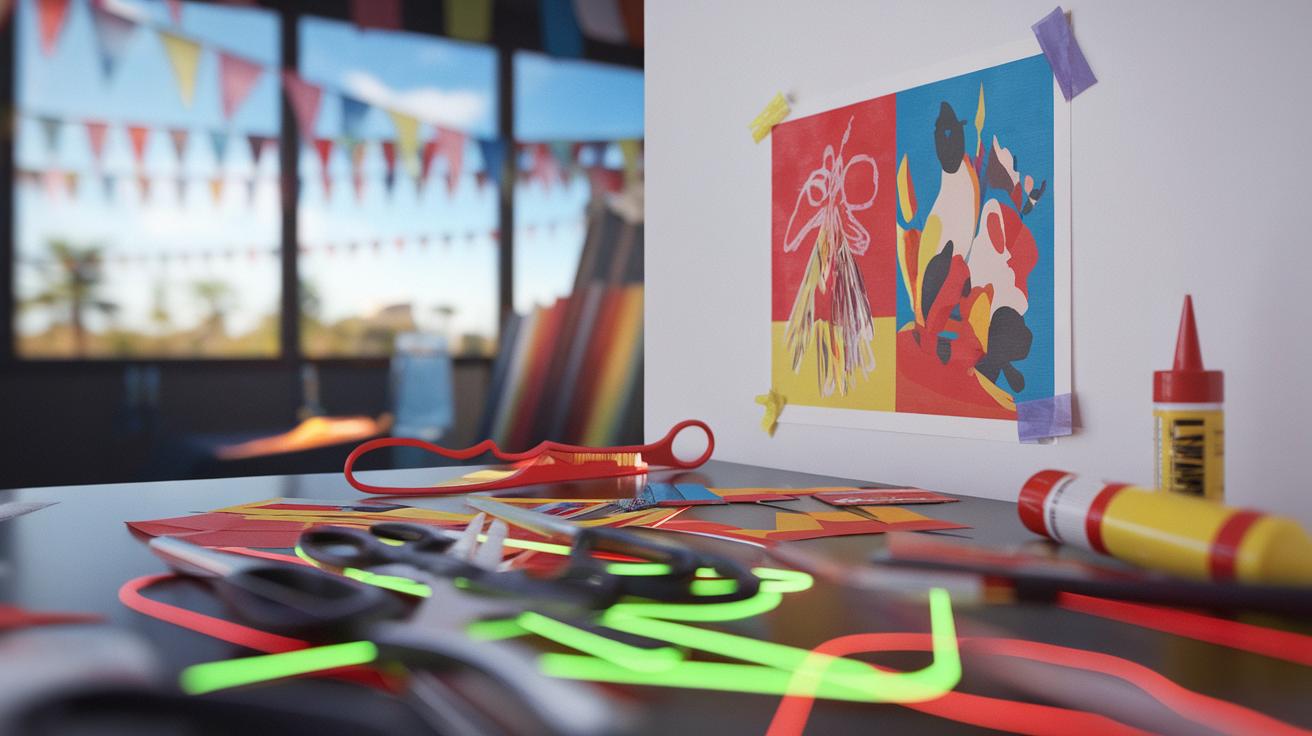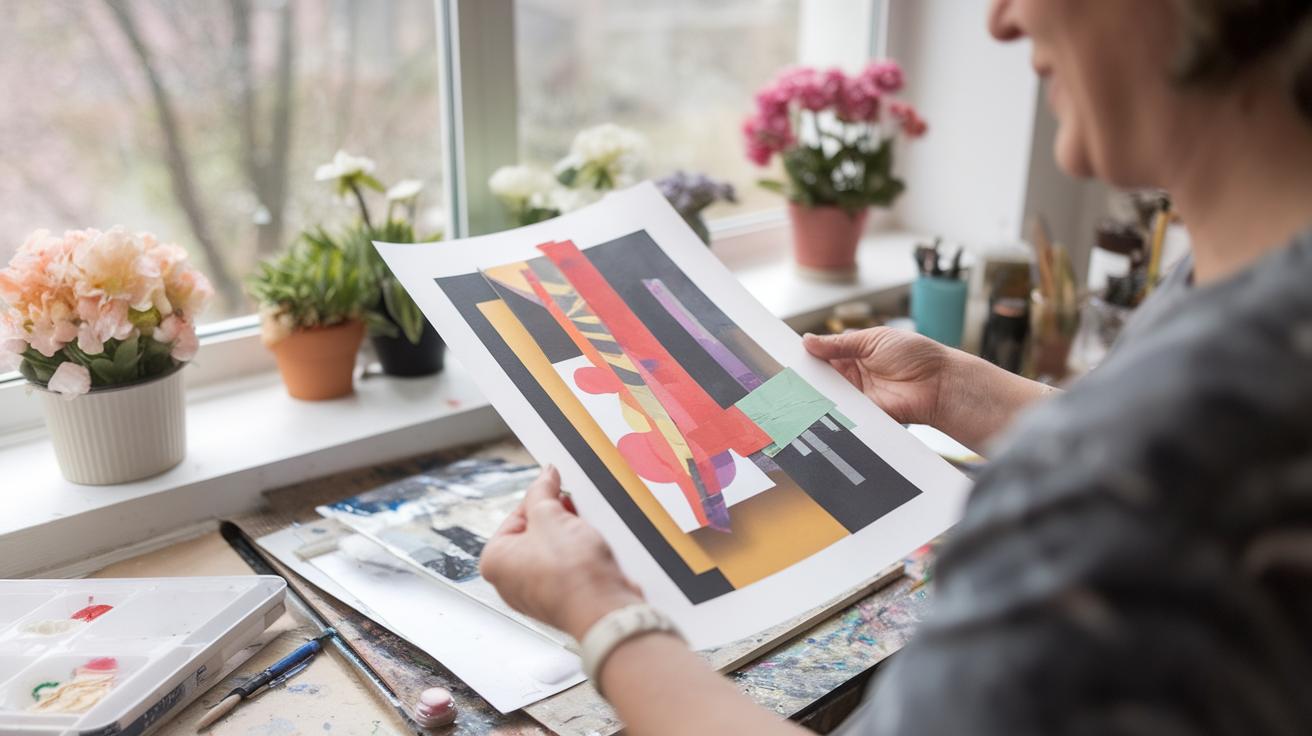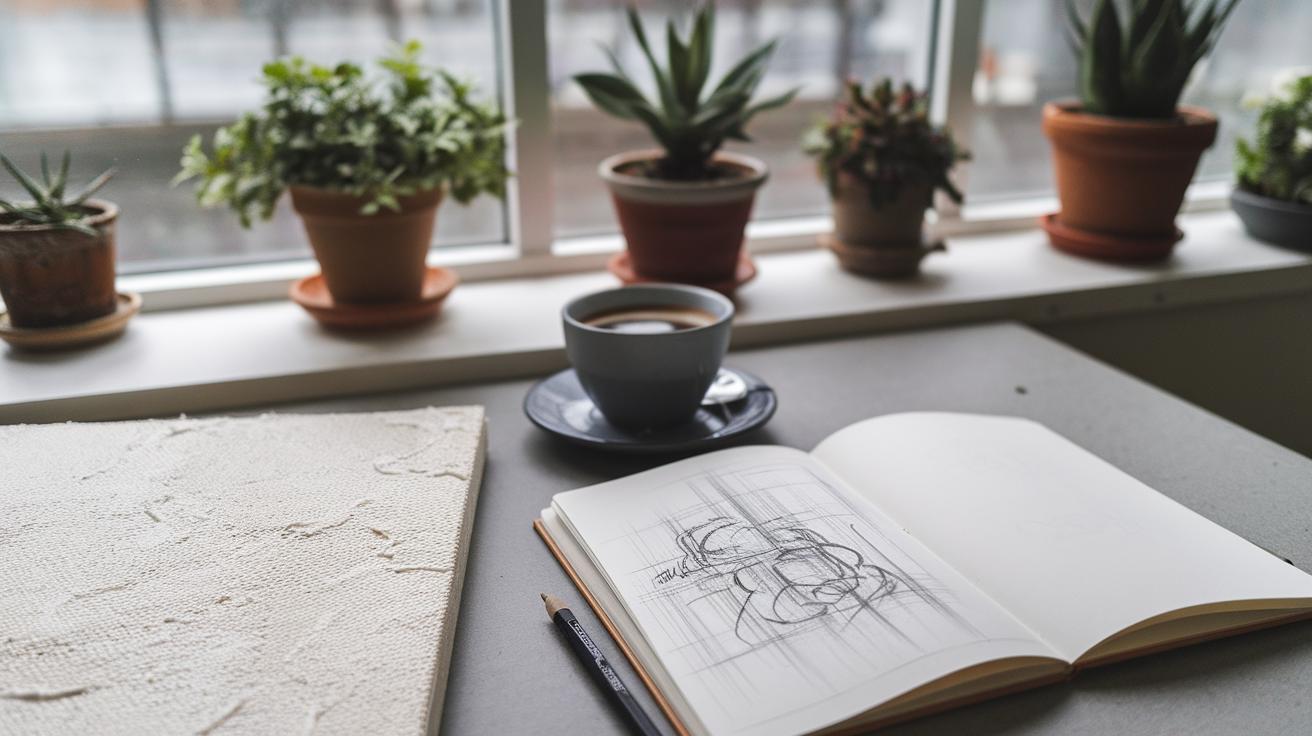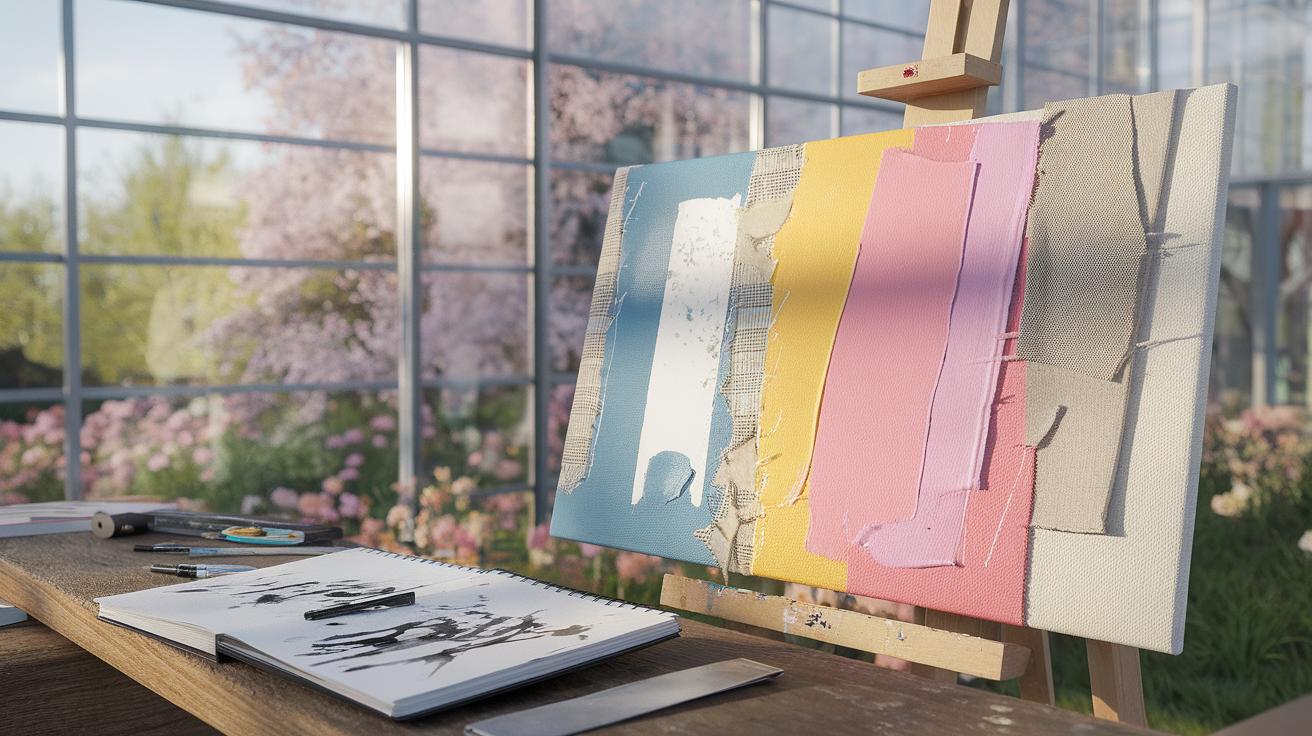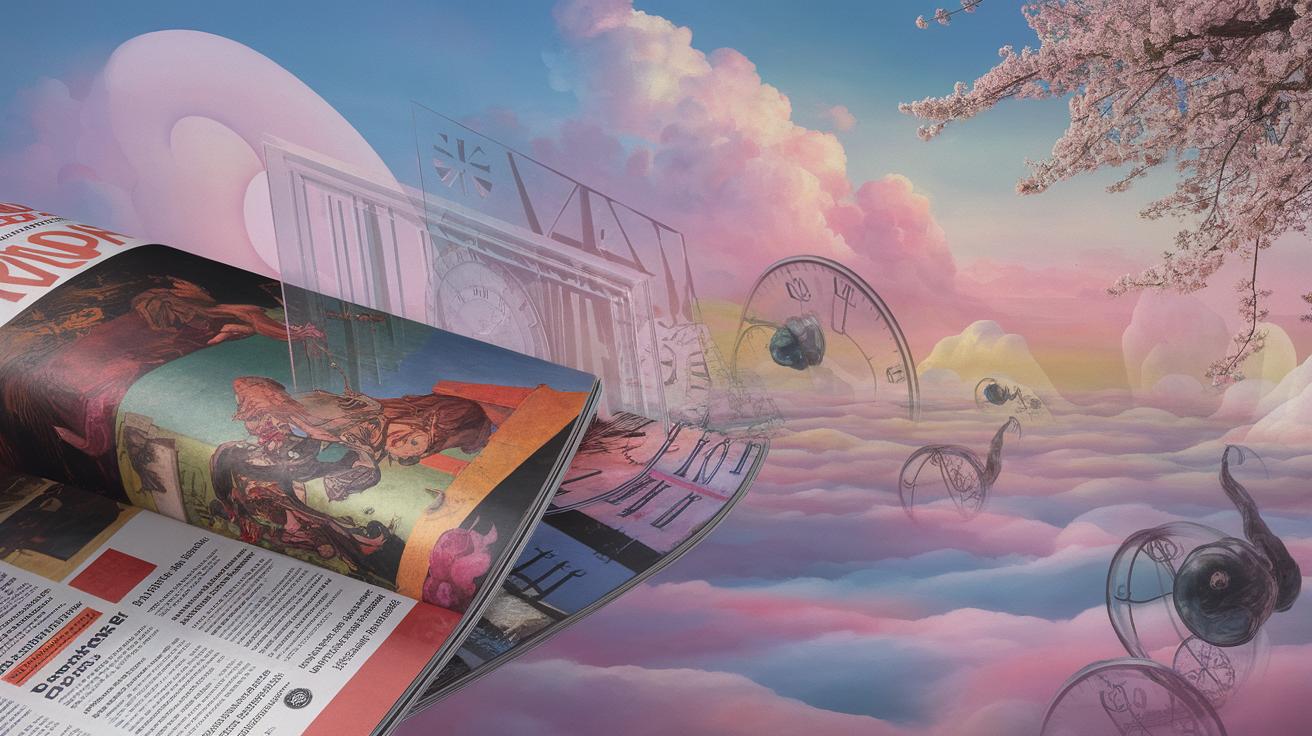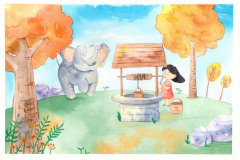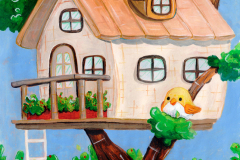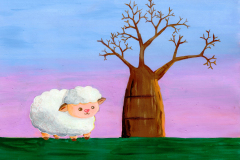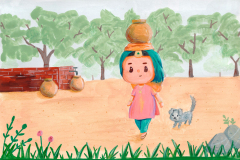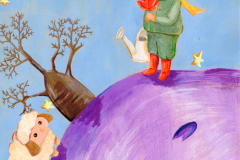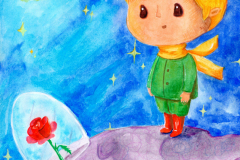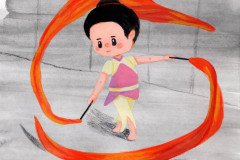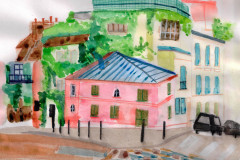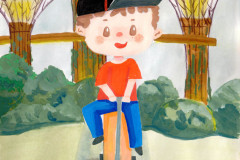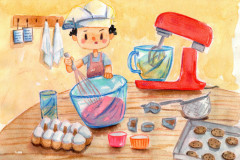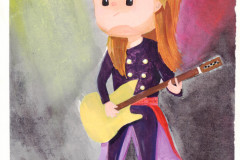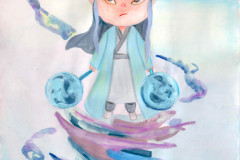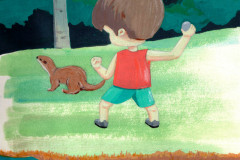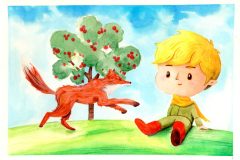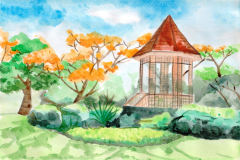Introduction
Cardboard art has emerged as a transformative approach to creative expression. This medium not only inspires imagination but also emphasizes sustainability. With an increase in cardboard usage, particularly in packaging, artists have found innovative ways to repurpose this material. By focusing on reusing cardboard, artists contribute to an eco-friendly movement. This not only reduces waste but also encourages others to consider environmentally responsible practices in their creative endeavors.
As the world grapples with environmental challenges, art made from cardboard serves as a beacon of hope. It encourages us to rethink consumption and waste culture. Many creators are utilizing their skills to foster awareness about sustainability through artistic forms. This article explores the cardboard art revolution, illustrates its significance in promoting sustainability, and provides practical insights on how you can get involved in this creative journey.
Understanding Cardboard Art A Path to Creative Sustainability
Cardboard art refers to the practice of using cardboard as a medium for artistic expression. Artists create sculptures, paintings, and installations solely from this material. Unlike traditional art supplies, cardboard comes from recycled sources. This fact makes it a champion of sustainability.
You might wonder why cardboard art matters today. It challenges conventional ideas about materials in art. This medium encourages creativity while promoting environmental awareness. For instance, artists can transform old boxes into intricate designs, making statements about consumerism.
Your engagement with cardboard art can inspire eco-friendly choices in your own life. Consider how you can turn everyday waste into something beautiful. As you explore this unique art form, ask yourself: How can you contribute to an art revolution focused on sustainability?
The Properties of Cardboard A Key to Creative Sustainability
Types of Cardboard and Their Unique Properties
Cardboard comes in various forms, each offering unique qualities for your art projects. Corrugated cardboard features a wavy layer between two flat layers. This structure provides strength and flexibility, making it ideal for sculptures.
Single-ply cardboard, on the other hand, is lightweight and smooth. It’s easy to cut and shape, perfect for detailed work like models or masks. If you want to create intricate designs, this type works well.
Paperboard is thinner but versatile. You can easily fold or tear it. Use this material for smaller projects or to make detailed textures. Each type serves a purpose in the creative process.
Which type of cardboard fits your project best? Understanding these materials helps you make informed choices, enhancing your creativity.
Creating with Cardboard Art for Creative Sustainability
Step-by-Step Methods for Cardboard Art
Begin your cardboard art project by gathering supplies. You will need cardboard, a sharp utility knife, scissors, a cutting mat, glue, and paints. Make sure you have a sturdy workspace.
Choose your design. Sketch it out on paper first. Decide if you want to create a three-dimensional sculpture, a flat piece, or something functional like a box. Each piece begins with a clear plan.
Cut the cardboard. Use your utility knife for precise cuts. Scissors work well for smaller or thinner pieces. Remember to cut safely and avoid rushing. Mistakes can lead to wasted materials.
Assemble the pieces using glue. Ensure everything fits before securing. Consider adding layers for depth. Use paint to bring your art to life. This adds color and character.
Display your work proudly. You have transformed simple cardboard into art. What message does your piece convey? How does it reflect sustainability? Let your creation inspire others to think creatively about their materials.
Innovative Artists in Cardboard Art
Leading Voices in Cardboard Art
Many artists have embraced cardboard as a medium for their creativity and sustainability. Their work showcases not only artistic talent but also a commitment to the environment. For example, Daniele Papageorgiou creates intricate sculptures from recycled cardboard. Her large-scale installations transform everyday materials into captivating art pieces. Each sculpture tells a story, encouraging viewers to reflect on waste and consumption.
Another noteworthy artist is Daniele D’Angelo. Known for his striking cardboard furniture, he designs functional pieces that blend art with usability. His work challenges traditional notions of design by focusing on material conservation. It raises the question: can art also be practical?
These artists play a vital role in promoting creative sustainability. Their contributions invite you to reconsider waste. How can you turn cardboard into a meaningful artistic project? The potential is limitless. Use your imagination and contribute to this movement.
Cardboard Art and Environmental Awareness
Raising Awareness Through Creative Expression
Cardboard art plays a vital role in raising awareness about environmental issues. It turns a common, discarded material into a powerful tool for artistic expression. This art form helps you recognize the value of recycling and reusing. Every piece created with cardboard tells a story about sustainability.
Consider artists who use cardboard to create installations that highlight pollution or deforestation. Their work invites viewers to reflect on the consequences of their actions. Have you ever considered how your daily choices impact the environment? Cardboard artists remind you of these important questions.
Workshops focusing on cardboard art can leave a lasting impression. Participants not only create art but also learn about sustainability. This hands-on experience deepens your understanding of recycling and environmental stewardship.
Connecting Art and Activism
Art can serve as a powerful platform for activism. Through cardboard art, artists bring communities together to discuss pressing environmental issues. You might walk past a cardboard sculpture and feel compelled to take action.
Engaging with this art form opens your eyes to the materials you often overlook. It challenges you to think critically about waste and consumption. As you witness the beauty in cardboard creations, consider your responsibility towards the planet.
Through creative projects, you can inspire others to join the movement for sustainability. Every piece of cardboard used in art sparks conversations about reuse and recycling. Will you harness your creativity to spread environmental awareness?
Participating in the Cardboard Art Revolution for Creative Sustainability
Getting involved in cardboard art is a rewarding way to show your creativity while promoting sustainability. Begin by exploring simple projects at home. You can craft a functional item like a storage box or create a unique piece of wall art. Gather your family and spend an afternoon making something special together. This can bring everyone closer while using materials that would otherwise contribute to waste.
Join local community events focused on cardboard art. Look for workshops or exhibitions in your area. These gatherings connect you with other artists and hobbyists. Sharing ideas can inspire your work and deepen your understanding of creative sustainability.
Consider hosting your own event. You could organize a cardboard art competition or a crafting session. Engage local schools or community centers to broaden participation. How can you encourage others to see the beauty in their trash? Invite friends to collaborate and showcase their creations. Your efforts can spark a larger movement.
Reflect on how cardboard can serve as a medium for social messages. Think about issues that matter to you. Can your art communicate these themes? Use your imagination and skills to blend creativity with purpose. By participating in the cardboard art revolution, you contribute to a more eco-friendly world.
The Future of Cardboard Art Potential Developments and Trends
Cardboard art is evolving rapidly. As artists and creators rethink their approaches, new trends are emerging. You might wonder how this will shape the future of sustainable creativity.
One promising trend is the integration of technology. Artists could use digital tools to design complex structures, which they can later bring to life with cardboard. Imagine augmented reality experiences paired with your cardboard creations, enhancing viewer interaction.
Community engagement also plays a vital role. Workshops and pop-up events can become platforms for sharing ideas and techniques. How can your local community participate in these creative movements?
Cardboard art can take on global dimensions through collaborative projects across countries. You could join online initiatives that connect artists worldwide. Imagine contributing to a mural that represents diverse cultures, all made from sustainable materials.
Case Studies of Successful Projects Cardboard Art Revolution For Creative Sustainability
Innovative Installations
One successful cardboard art installation took place in a major city center. Artists transformed a vacant lot into a vibrant “Cardboard City.” They built structures like houses, trees, and bridges entirely from recycled cardboard. This project attracted attention, encouraging local communities to rethink waste. It sparked conversations about urban spaces and sustainability.
Another inspiring example comes from a student group in a high school. They created a gallery filled with life-sized animals made of cardboard. The students used these creations to educate fellow students on endangered species. Their work highlighted both art and environmental awareness, making an impact beyond the classroom.
Community Engagement
In a unique project, a community collaborated to create a cardboard mural. Each participant contributed pieces from their own cardboard boxes. This effort fostered teamwork and creativity while promoting recycling.
What lessons can you draw from these projects? How can you apply their strategies in your own community or school? The potential for cardboard art is vast, and success stories can inspire new initiatives. Your involvement could lead to meaningful change in how people view art and sustainability.
Getting Inspired Cardboard Art and Creative Sustainability
Finding inspiration for cardboard art can come from everyday life. Look around your home. You might see items ready for recycling. Each piece of cardboard holds potential. Use your imagination to transform it into something new and exciting.
Visit online platforms like Pinterest and Instagram. These sites showcase various cardboard art projects. You can gather ideas from artists around the world. Watching tutorial videos on YouTube can also help you learn new techniques.
Consider joining local art groups or workshops focused on cardboard creations. Working with others can spark your creativity and motivate you to experiment.
Reflect on your personal experiences. What stories do you want to tell? Cardboard can be a powerful medium for expression. Your unique perspective can lead to meaningful art.
Ask yourself questions. What message do you want to convey? How can you inspire others through your work? These reflections can guide your creative process.
Conclusions
The cardboard art movement is more than a trend; it represents a shift towards sustainable practices in art and creativity. As we have explored, artists utilize this medium to challenge waste culture and advocate for environmental accountability. By repurposing cardboard, you can participate in this movement. Creating art from discarded materials not only showcases your creativity but also sends a strong message about sustainability.
Embracing cardboard art allows you to explore your artistic potential while making a positive impact on the environment. As you engage in this practice, consider the power of your creations to inspire others. Together, through creative sustainability, we can foster a more environmentally conscious world.



